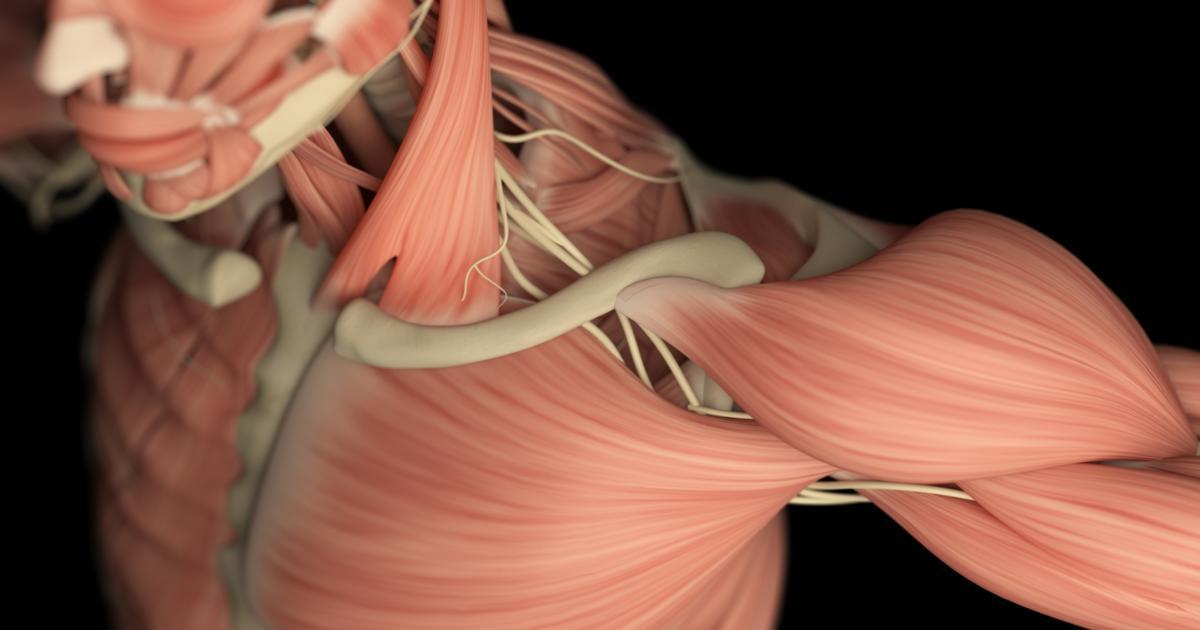Dr. David S Saperstein MD
Neurologist | Neurology
5090 N 40th Street 250 Phoenix AZ, 85018About
Dr. David Saperstein is a distinguished Neurologist in Phoenix, AZ. Dr. Saperstein specializes in diagnosing, treating, and managing disorders of the brain and nervous system. With expertise in handling complex conditions like epilepsy, multiple sclerosis, and migraines, Dr. Saperstein employs advanced techniques and personalized treatment plans to improve patient outcomes. As a neurologist, Dr. Saperstein is committed to staying abreast of the latest developments in neurological research and therapies.
Education and Training
Boston University School of Medicine 1992
Board Certification
Psychiatry and NeurologyAmerican Board of Psychiatry and NeurologyABPN
Provider Details
Expert Publications
Data provided by the National Library of Medicine- Motor neuron presentation of an ulnar neuropathy and Riche-Cannieu anastomosis.
- Axonal Guillain-Barré syndrome subtypes: do we need more splitting?
- Pilot trial of etanercept in the treatment of inclusion-body myositis.
- Chronic acquired demyelinating polyneuropathies.
- Muscle channelopathies.
- A Pilot Trial of Pioglitazone HCl and Tretinoin in ALS: Cerebrospinal Fluid Biomarkers to Monitor Drug Efficacy and Predict Rate of Disease Progression.
- Laboratory evaluation of peripheral neuropathy.
- Acquired immune demyelinating neuropathies.
- Routine use of punch biopsy to diagnose small fiber neuropathy in fibromyalgia patients.
- Progressive Muscular Atrophy.
- Guillain-Barré syndrome and chronic inflammatory demyelinating polyneuropathy.
Treatments
- Peripheral Neuropathy
- Neuropathy
- Muscular Dystrophy
- Birth Defects
- Amyotrophic Lateral Sclerosis (als)
- Dermatomyositis
Dr. David S Saperstein MD's Practice location
Practice At 5090 N 40th Street 250
5090 N 40th Street 250 -Phoenix, AZ 85018Get Direction
SCOTTSDALE, AZ 85253Get Direction
Dr. David S Saperstein MD's reviews
Write ReviewPatient Experience with Dr. Saperstein
Recommended Articles
- Muscular Dystrophy: A New Understanding of How Muscles Work
A new technique out of McGill may be the key to shed new light on how muscles work. It’s an important step towards a better understanding of how muscle-targeted diseases and disorders work. With a greater understanding also comes a better handle of how to treat and possibly cure these diseases in...
- Absence Epilepsy
Epilepsy is a disorder of the nervous system that causes seizures. Absence seizures, also called petit mal seizures, are brief seizures which usually last for 15 seconds or less. These seizures are so short that symptoms may not even be noticed. However, if an absence seizure is accompanied by loss...
- Treatment of Dysphagia (Swallowing Problems)
What is dysphagia?Dysphagia is a disorder in which a person is unable to swallow food or is having difficulty in moving food down to the stomach. The throat or esophageal muscles are unable to work properly, and that leads to this disease. It is usually seen in children, old aged persons, and people...
- It’s Time to Fight Parkinson’s Disease Through Exercise, Says South Carolina Gym
Going to the gym regularly can significantly help to combat Parkinson’s disease. According to Cody Cooper from Grit Box Fitness, Parkinson’s progression can be delayed due to the forced intense exercise. Not only that, but it also helps a lot with the enhancing strength and stability.What is...
- To B3 or Not To B3: Is That the Question for Parkinson's Disease?
Researchers haven’t discovered a cure or a way to mask the disease. However, finding a cure is a priority for many organizations, and researchers have uncovered several key things for treatment. What they have discovered, and what they continue to discover, is how to treat the different symptoms...
- Brain Aneurysm Symptoms: How to Treat a Brain Aneurysm
What is Brain Aneurysm?The term “brain aneurysm” means that there is a bulging weak area in the wall of an artery that basically supplies blood to the brain. This area can also have a ballooned look, and in some cases, it looks like a small berry. Most of the time, there are no known symptoms...
Nearby Providers
- Dr. Constantine G. Moschonas M.D.9746 North 90th Place Scottsdale Arizona 85258
- Dr. Darry Johnson MD6320 W Union Hills Dr Bldg A Glendale AZ 85308
- Dr. Mohamed S. Teleb M.D.1520 S Dobson Rd Mesa AZ 85202
- Dr. Tamara Zach M.D.22044 N 44th St Phoenix AZ 85050
- Dr. Ales Hlubocky M.D.13400 E Shea Blvd Scottsdale AZ 85259
- Nirmala Aryal25085 North 72nd Avenue Peoria Arizona 85383
Nearest Hospitals
PHOENIX INDIAN MEDICAL CENTERl
4212 NORTH 16TH STREET PHOENIX AZ 85016LOS NINOS HOSPITAL, INC.l
2303 EAST THOMAS PHOENIX AZ 85016PHOENIX CHILDREN'S HOSPITALl
1919 EAST THOMAS ROAD PHOENIX AZ 85016









